[title Crew biographies, photos and mission patch – January 8th]
TIMOTHY A. GAGNON
PO BOX 1283
TITUSVILLE, FL 32781
Email: KSCartist
Tim Gagnon was born and raised in Hartford, Connecticut. A fascination with space
exploration came early as did an interest in art. Like many others of his generation Tim
remembers watching the missions of his childhood heroes on a small black and white
television with “rabbit ears” that could receive few broadcast stations. For his 16th birthday
gift in 1972 his parents arranged for Tim and his father to attend the launch of Apollo 17 as
invited guests of NASA.
Ever since reading about the design of the Skylab 1 patch in an article written by the artist
Frank Kelly Freas in 1973, Tim dreamed about creating a patch for a flight crew, to use his
artistic talent to contribute to the space program. He came close in 1985 when Bob Crippen
invited him to submit designs for the first shuttle mission scheduled to launch from
Vandenberg Air Force Base in California, STS-62A. That mission was canceled after the
Challenger accident.
In 2004 his dream finally came true when astronaut John Phillips selected Tim to design the
emblem for the Expedition 11 mission to the International Space Station. When the
Expedition 11 patch was unveiled, Tim was contacted by Dr. Jorge Cartes of Madrid who
congratulated him and spoke of how he also wanted to design mission patches. Tim
responded that if the opportunity ever arose again, they would collaborate.
In 2007 Tim was selected by the STS-126 Crew to design their mission emblem. Knowing
how much it meant to participate, Tim invited his pen pal Jorge to join him on this project.
The STS-126 crew was so happy with the result that they recommended Tim and Jorge to the
STS-127 crew. As each patch was completed, Tim and Jorge were recommended to more
flight crews. Since 2008 they teamed to work with the astronauts of the following Space
Shuttle crews: STS-129, STS-132 and STS-133*. NOTE: this is the full story about the STS-
133 patch http://www.collectspace.com/news/news-030711a.html
The end of the Space Shuttle Program did not slow down demand. Tim and Jorge were proud
to work with the following crews serving aboard the International Space Station during
Expeditions 22, 23, 25, 26, 27, 29, 30, 34, One Year, 47, 48, 53 and 55. Over the last six
years Tim has worked with multiple Flight Directors and other NASA and industry teams to
create their emblems.
Tim continues to build a reputation as someone easy to work with and increasingly in
demand.
Bio:
Michael Andrews, CPIM, is a logistics leader in the aerospace industry. He holds dual degrees in Aerospace Engineering and Mechanical Engineering from the University of Florida, along with a Master’s Degree in Business Administration from Arizona State University. He is passionate about pathfinding logistics practices in austere locations in anticipation of aiding colonization of the Moon, of Mars, or beyond.
Michael has over 12 years of aerospace experience, and 10 of those have involved materials management leadership with defense contractors and launch providers. Michael has experience in program management; along with managing the receiving, shipping, inventory, and delivery operations in aerospace distribution centers.
This is Michael’s second analog astronaut mission. He served as the Logistics and Communications Officer for Crew-16 at the Flashline Mars Arctic Research Station on Devon Island (Nunavut, Canada) in July of 2024. He will be returning to Flashline in July of 2025 as an engineer on the 2025 advance team to upgrade their station.
Michael also holds a Certification in Planning and Inventory Management from APICS. He lives in San Pedro, CA, is a certified rescue scuba diver, and enjoys marathon running and hiking.
Respectfully,
Michael Andrews
Elena Saavedra Buckley — Crew 315 Journalist and GreenHab Officer
Elena Saavedra Buckley is a senior editor at Harper’s Magazine, where she edits and writes articles about a wide breadth of subjects. She is also a contributing editor at The Drift, a triannual literary magazine, and has written for The New Yorker, The Paris Review, and other publications.
After getting a bachelor in Humanities at Yale, Elena moved to rural Colorado to work for High Country News, a magazine that covers the American West. There, she covered Indigenous affairs and reported from multiple reservations. She then lived and wrote in New Mexico, Texas, and California before moving to New York City, where she is now based.
While Elena is likely the least scientifically qualified member of Crew 315—and primarily here to write a magazine story about the experience—she has had a lifelong interest in space and space exploration. As a teenager in Albuquerque, New Mexico, she saved the tips from her barista job to buy a telescope, and she attended an astronomy camp at the University of Arizona when she was 17. She’s happy to be at the MDRS to relive some of that curiosity. In her free time, she sings Renaissance music in a choir, cooks elaborately, and buys odd trinkets for her apartment.
On her mission to explore the mysteries of the universe and advance the future of human spaceflight, Urban Koi holds a Master’s in Space Systems Engineering from Johns Hopkins University and is continuing on with her studies as a future Doctor of Space Medicine. Koi’s multidisciplinary roles include: Principal Investigator & Space Systems Engineer in the NASA L’SPACE program with a focus on Human Health, Life Support, & Habitation Systems; Bioastronautics Researcher at the International Institute for Astronautical Sciences (IIAS); Analog Astronaut – Health & Safety Officer (HSO) at the Mars Desert Research Station (MDRS); Rescue Scuba Diver; Pilot-in-Training; and Award-Winning Film Director & Photographer.
Synthesizing her passions in science, engineering, and art, Koi is the Founder + Director of SOTU STUDIO (Student of the Universe®), an experimental multimedia studio born by curiosity, cosmic discovery, and limitless dreams that produces interdisciplinary art, photography, and films. Over 12+ years in the industry, Koi propelled the missions of world-renowned titans through a dynamic lens of otherworldly visions and established a global following with 1 Million+ in reach. Koi was selected by NASA as an independent photographer to document the engineering process of space missions to the Moon, Mars, and beyond. Koi’s work is featured on NASA multimedia/social channels, award-winning publications, and her Instagram (@urbanxkoi).
Over 10+ years, Koi has also served as Co-Leader on the 100cameras Board of Creatives, a nonprofit organization recognized by the United Nations University Centre for Policy Research (UNU-CPR), UNIDIR, and UNICEF as an enrichment program that empowers youth across the world to become leaders through a robust methodology that has shown to improve emotional intelligence, well-being, and resilience through photography and storytelling. Koi is pioneering a new epoch in space exploration, where human resilience converges with technological ingenuity to illuminate the path to celestial destiny in the vast expanse of the cosmos.
David was present for the impressive launches of Apollo 11 and the first Space Shuttle launch. He has met two lunar astronauts and like many others dreamed about space exploration and being a crew member on a journey to Mars.
David began a lifelong passion for electronics and space technology while in elementary school. He served in the U.S. Air Force. Later, after obtaining Bachelor of Science and Master of Engineering in Electrical Engineering degrees, he designed state of the art integrated circuits. He holds seven patents, has written technical papers and has presented his work at various international conferences.
David is a lifelong learner and enjoys working with talented people. He is a founding member of The Mars Society. He also has formal training in anthropology and archaeology. Hobbies include radio-controlled airplanes, electronics, music composition, musical instrument synthesis and antique radio and pipe organ restoration. David also enjoys adventure, hiking and traveling. Utah, with its stark beauty and remote Mars like desert areas, is one of his favorite states to visit.
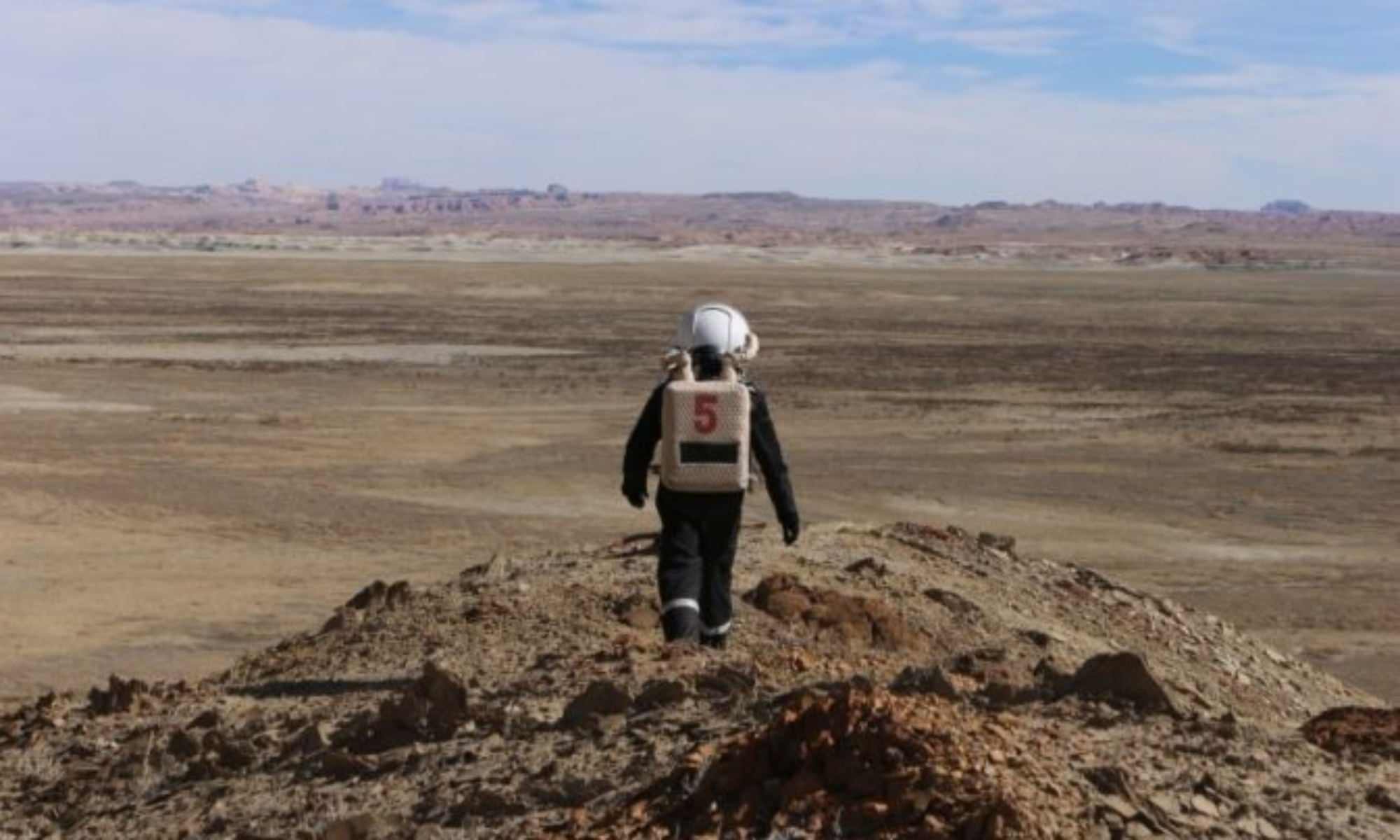
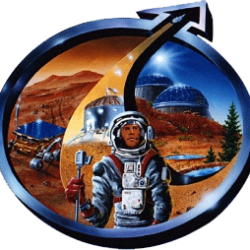

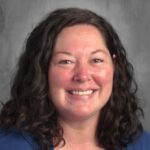
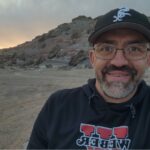
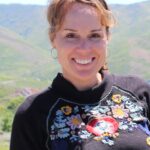
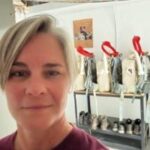
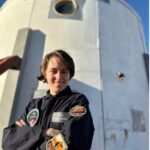
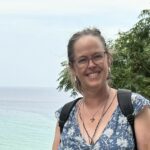
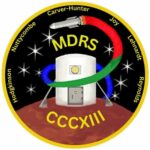

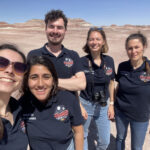
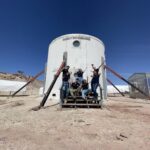
 Prachi.jpg
Prachi.jpg
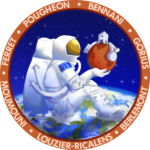
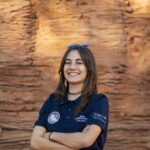

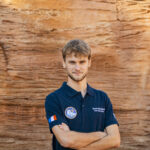
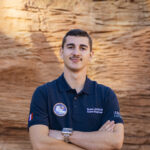
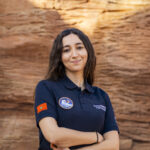
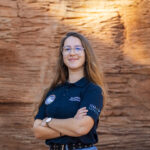
You must be logged in to post a comment.